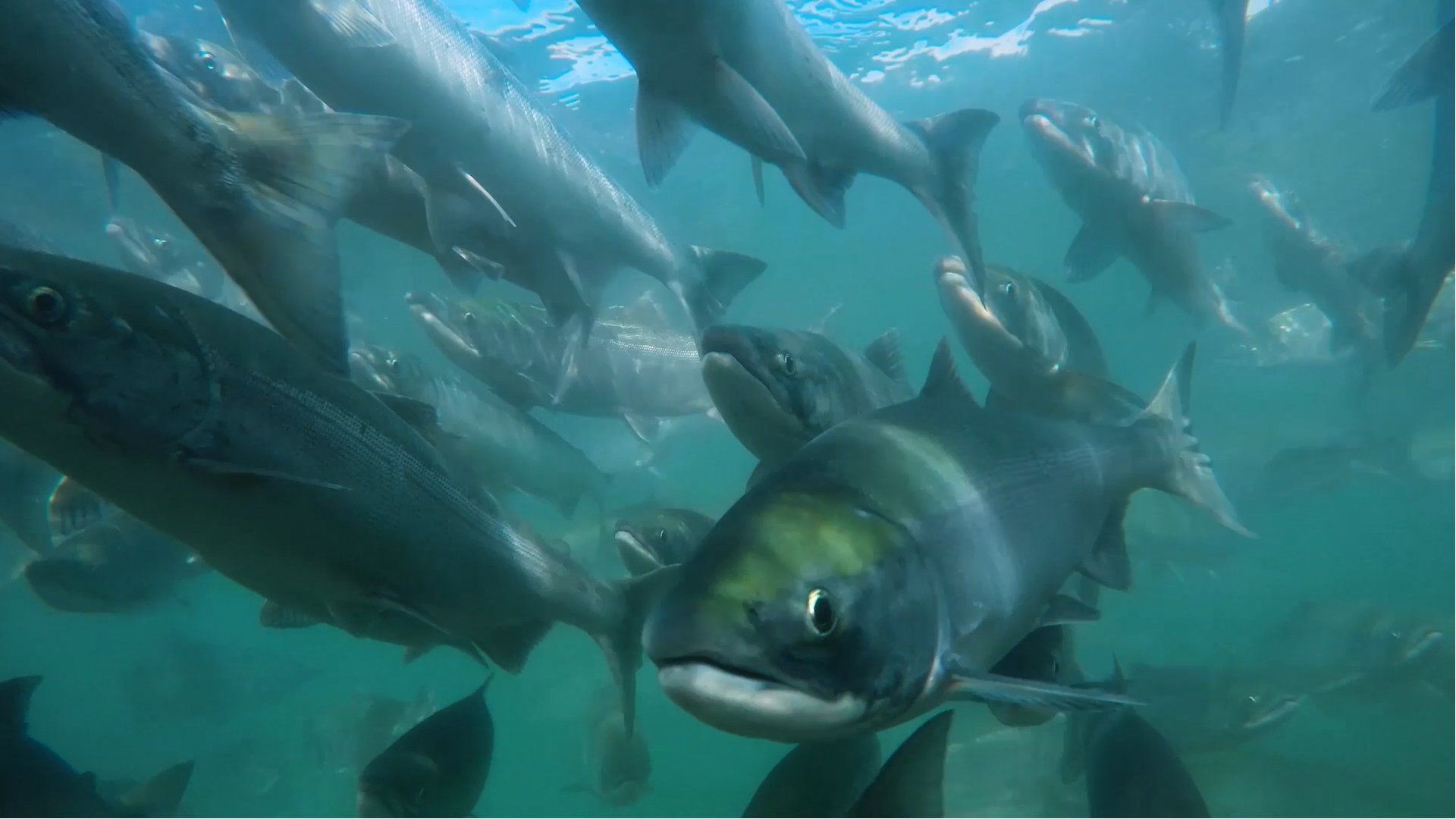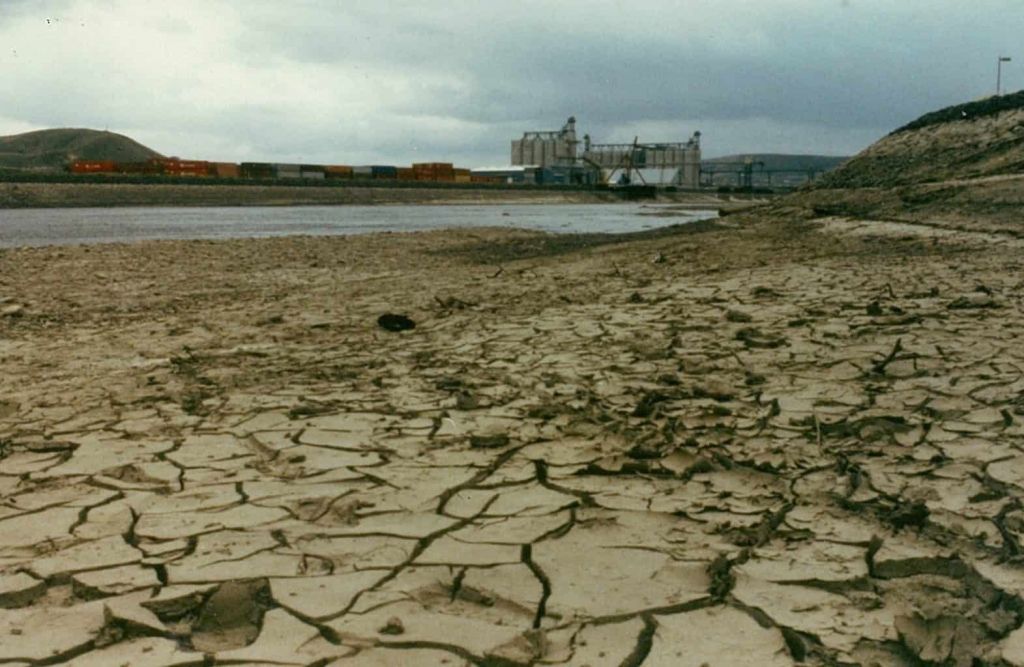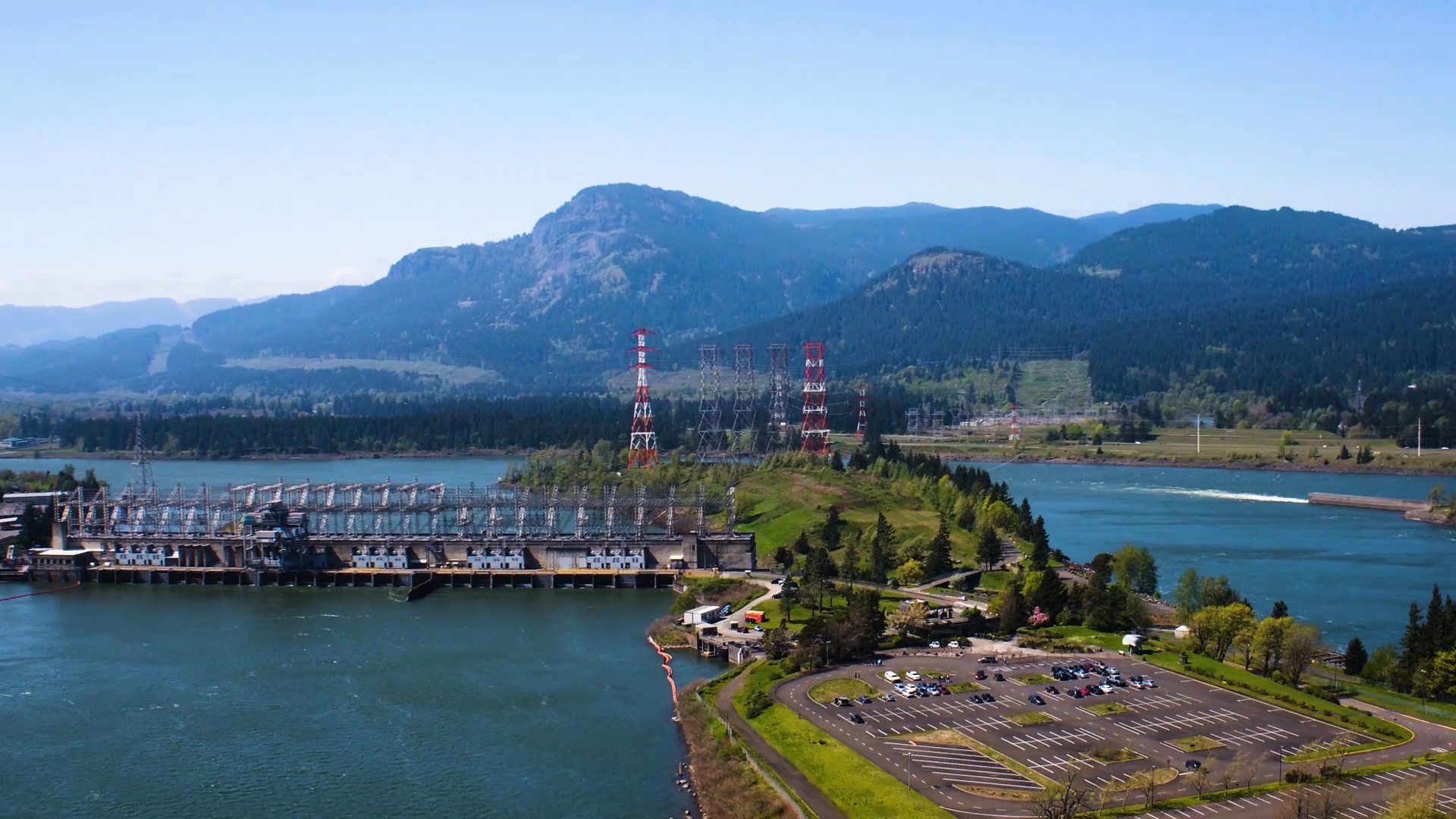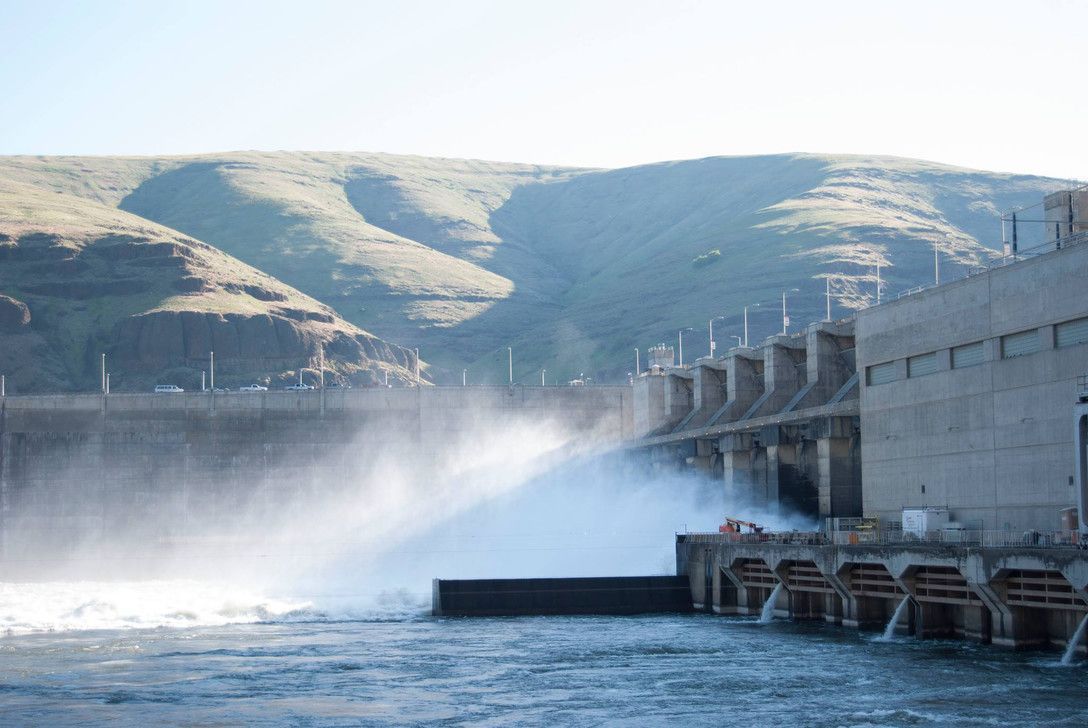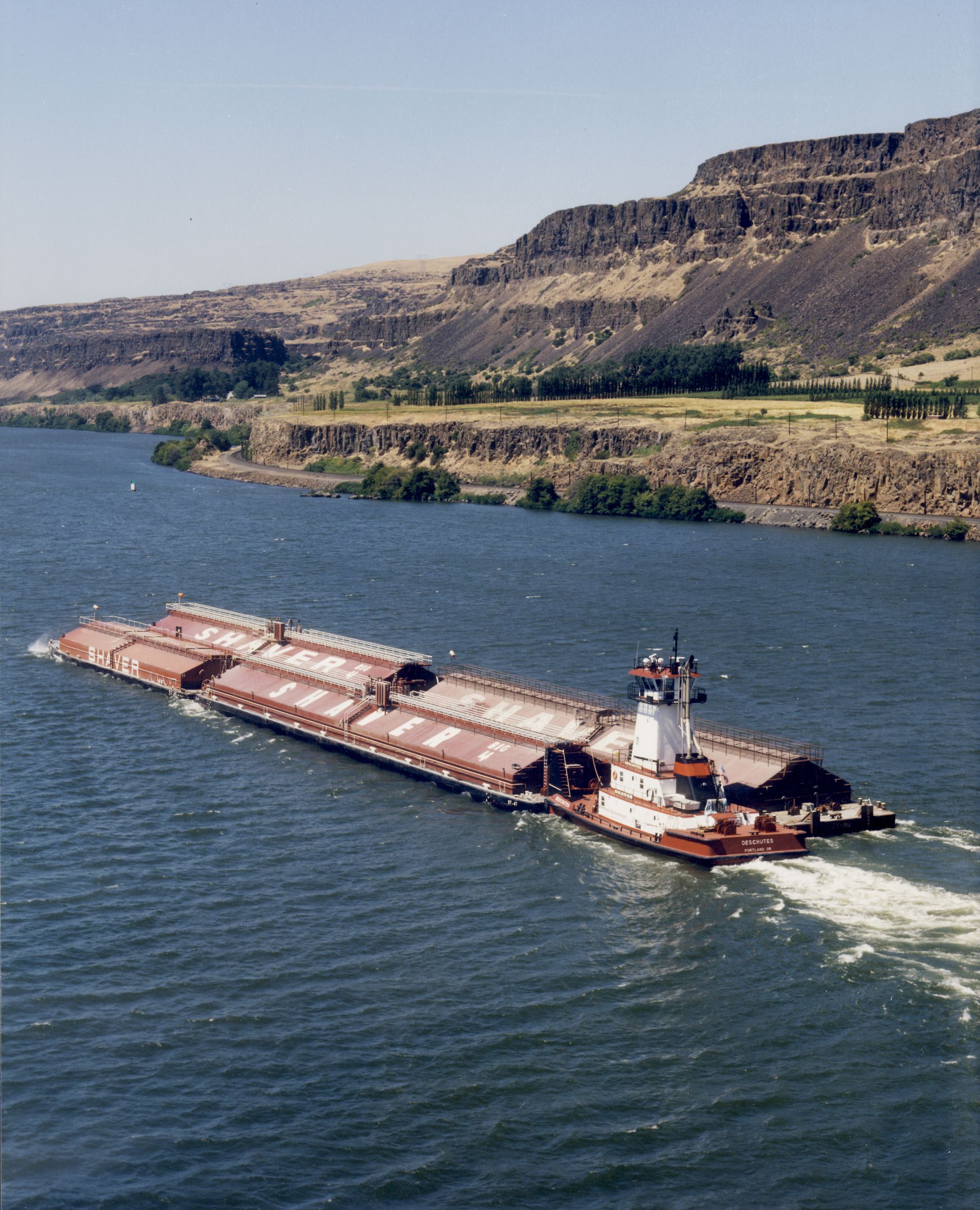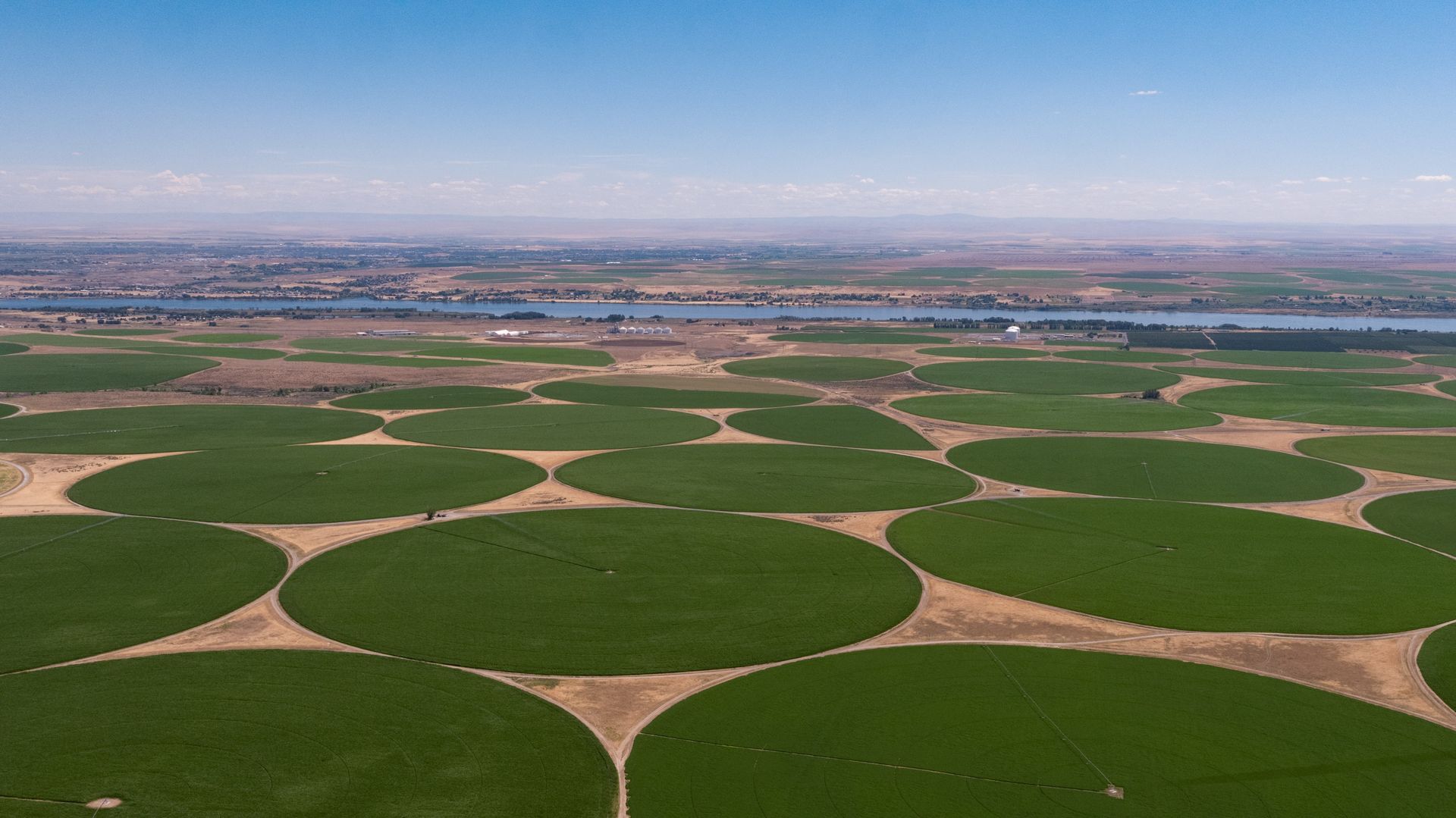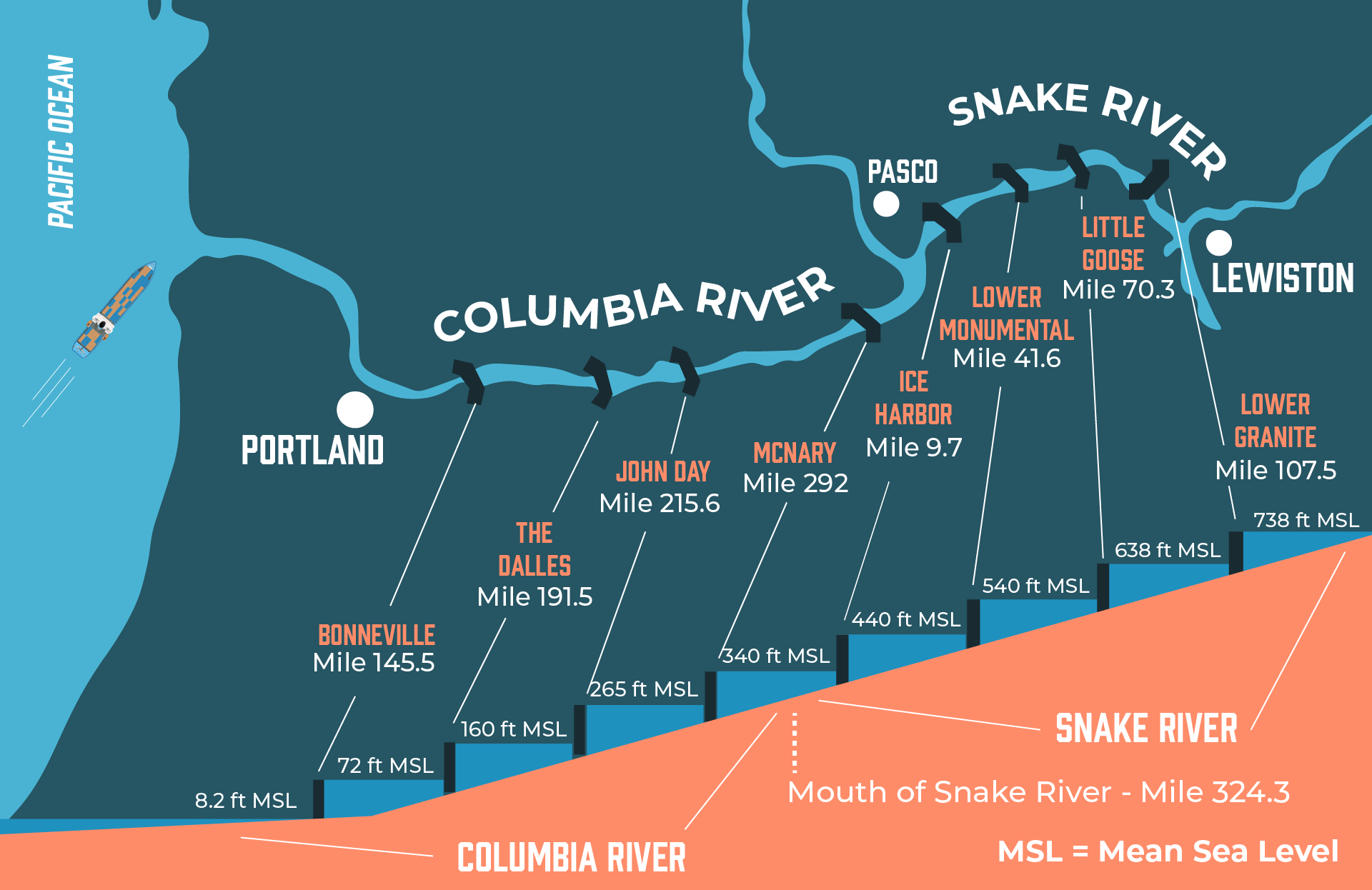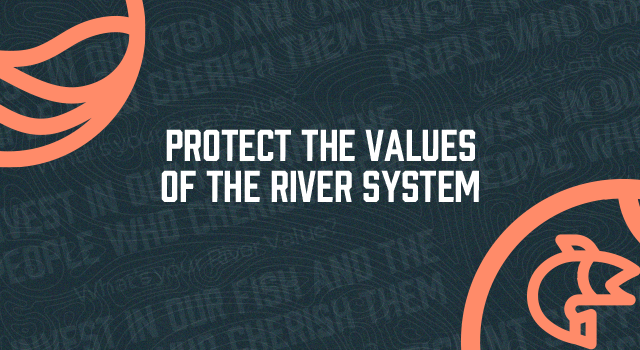The fall harvest season gives us reason to celebrate in the Pacific Northwest, as farmers gather hops and wheat—key ingredients for beer—to support the booming brewing industry across the U.S. and abroad. At the heart of this success is the irrigation and transportation supplied by the federal locks and dams of the Columbia Snake River System. This vital infrastructure allows the Northwest to sustain its $3.5 billion beer industry, and the country’s $409 billion beer market.
The Columbia Snake River System plays a vital role in supporting the country's $409 billion beer market.
If you drink beer, chances are the hops in that beer were grown in Washington’s Yakima Valley, which produces about 75% of the nation’s hops. Most of these hops rely on irrigation from the Columbia Snake River System, as hops require up to 30 inches of water each year. The efficient irrigation channels of the Columbia Snake River System ensure Pacific Northwest farms meet the demand of brewers nationwide. Without this critical water supply, hop yields would plummet, threatening the brewing industry and the jobs it supports.
If you remember the price you pay for beer, you can thank the river system for keeping things affordable. The other critical beer ingredient, wheat, depends on the river system for efficient barging to market. The Northwest contributes about 20% of our nation’s wheat supply, with around 10% of all U.S. wheat exports transported by barge, which depends on the system’s federal locks for river navigation. Barge transport costs about half that of rail and significantly cheaper than trucking, helping keep beer production costs lower for both small and large breweries.
The Northwest contributes about 20% of our nation’s wheat supply, with around 10% of all U.S. wheat exports transported by barge through the four Lower Snake River Dams.
The Columbia Snake River System’s economic impact is immense. Without its irrigation and transportation benefits, thousands of farmers and other jobs tied to the brewing industry would be in jeopardy, as this supply chain is crucial to maintaining beer production.
Without river navigation, transportation costs would surge, driving up beer production expenses and threatening the viability of many breweries. With the U.S. beer industry contributing $409 billion to the economy annually and supporting over 2.4 million jobs, the river system is essential for controlling costs and ensuring a steady supply of ingredients, particularly for seasonal brews like those enjoyed during Oktoberfest.

The river system is vital in sustaining the Northwest's position as a leader in brewing, agriculture and commerce.
The Columbia Snake River System serves as a cornerstone of the region's economic health. By facilitating the cultivation and transportation of vital agricultural products, it strengthens the Pacific Northwest’s position as a leader in brewing, agriculture, and commerce.
Share your river value
We all benefit from the federal system of dams and locks on the Columbia Snake River System. Whether you appreciate clean and reliable electricity, irrigation for farms, or affordable and fuel-efficient shipping, the Columbia Snake River System connects the Pacific Northwest to the world and keeps our region strong and balanced.
We’re looking for personal stories to share from our community about how the River System supports your life. If you’re a resident, worker or business owner who appreciates the public goods created and supported by the Columbia Snake River system, we want to share your story!
